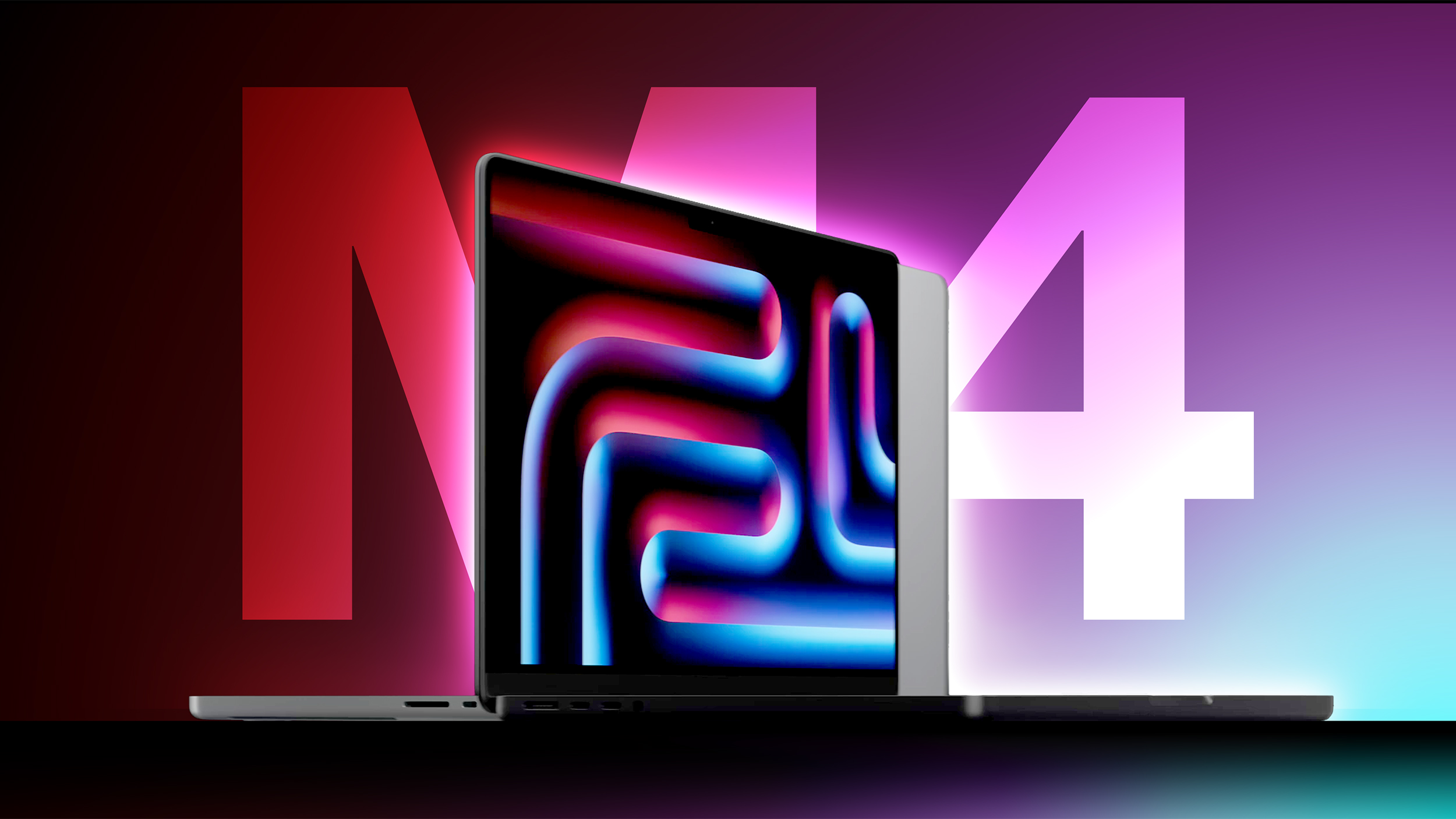New benchmarks may prove Apple’s claim the M3 is 20% more powerful than the M2
After Apple revealed the M3 chip and a variety of M3-powered Mac devices during its ‘Scary Fast’ event, including two MacBook Pro models and the iMac, the obvious question was how much more powerful is the M3 than the M2?
Apple said during its keynote that M3 silicon is about 20% faster than the M2 and, according to a new report from BGR, that number seems to hold up thanks to recently leaked benchmark results. Geekbench test results show that the base M3 chip has a single-core score of around 3,000 while the multi-core score is roughly 11,700. Compare that to the M2, which netted scores of 2,570 and 9,600 for single-core and multi-core, respectively.
Though we don’t know for sure which Mac device was used to test the M3 silicon, it was most likely the 14-inch M3 MacBook Pro, as Bloomberg‘s Mark Gurman previously mentioned that the then-rumored model “Mac 15,3” was a MacBook Pro and closest to the currently confirmed 14-inch model (the 15,3 was originally thought to be a 13-inch model).
If any more benchmark leaks are revealed for the M3 iMac 24-inch, the results would most likely be an even larger improvement without the constraints of portable power management. The scores for the M3 Max and M3 Pro chips should be even higher than that, regardless of the device tested.
The M3 seems to be shaping up into something truly impressive
Seeing these benchmark results hammers home how impressive the M3 silicon is already, and we don’t yet have full testing and reviews for the Mac devices powered by the M3 chips.
Previously, I had written about how these new chips would change Mac gaming forever, based on Apple’s claims. Now that we have an early test showing a whopping 20% increase in performance between the M3 and M2, the facts seem to already back those claims.
It’ll be interesting to see how much better the base M3 chip does in a full suite of gaming benchmark tests with a variety of devices, as well as the M3 Max and Pro versions. It’ll also be fascinating to know how well the raw performance increase pairs with the various other features that are supposed to be built into the M3 silicon, like Dynamic Caching, hardware-accelerated ray tracing, and mesh shading. Not to mention, Apple’s SoC takes the place of a discrete graphics card option and could even surpass Apple’s last discrete option, using AMD cards, in terms of performance, which sounds pretty unreal.
You might also like
Apple strikes back – a trio of M3 chips, new MacBook Pros, and iMacApple MacBook Pro 16-inch with M3: everything we know so farApple MacBook Pro 14-inch with M3: everything we know so far




